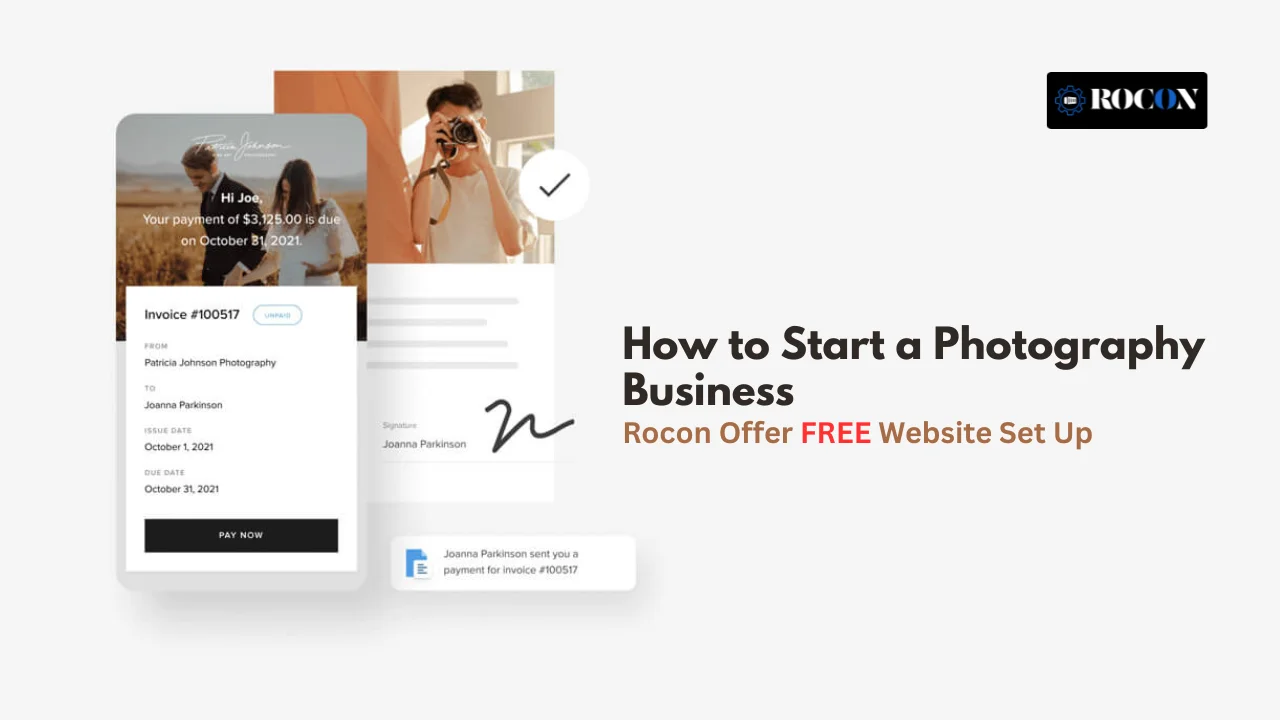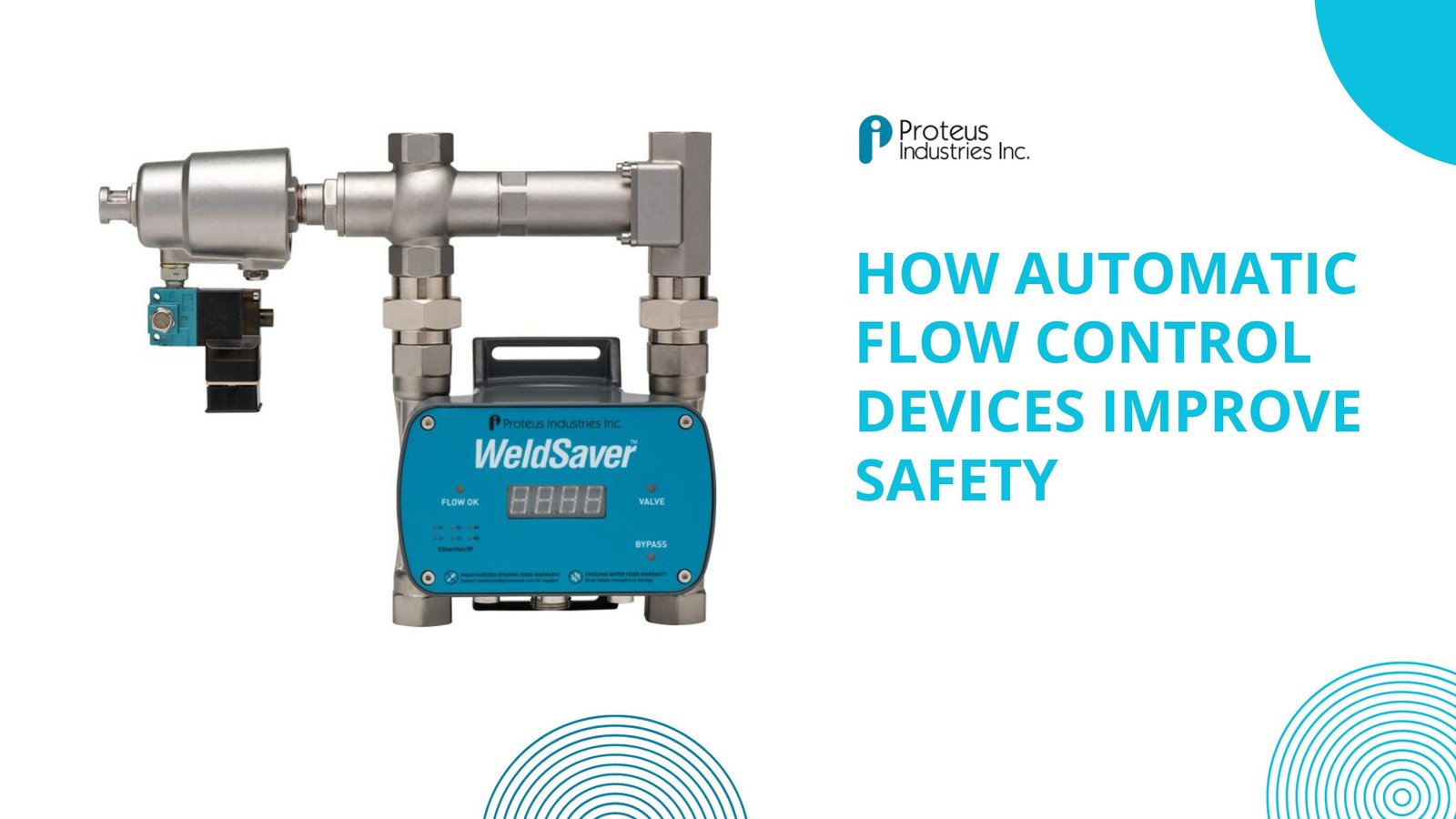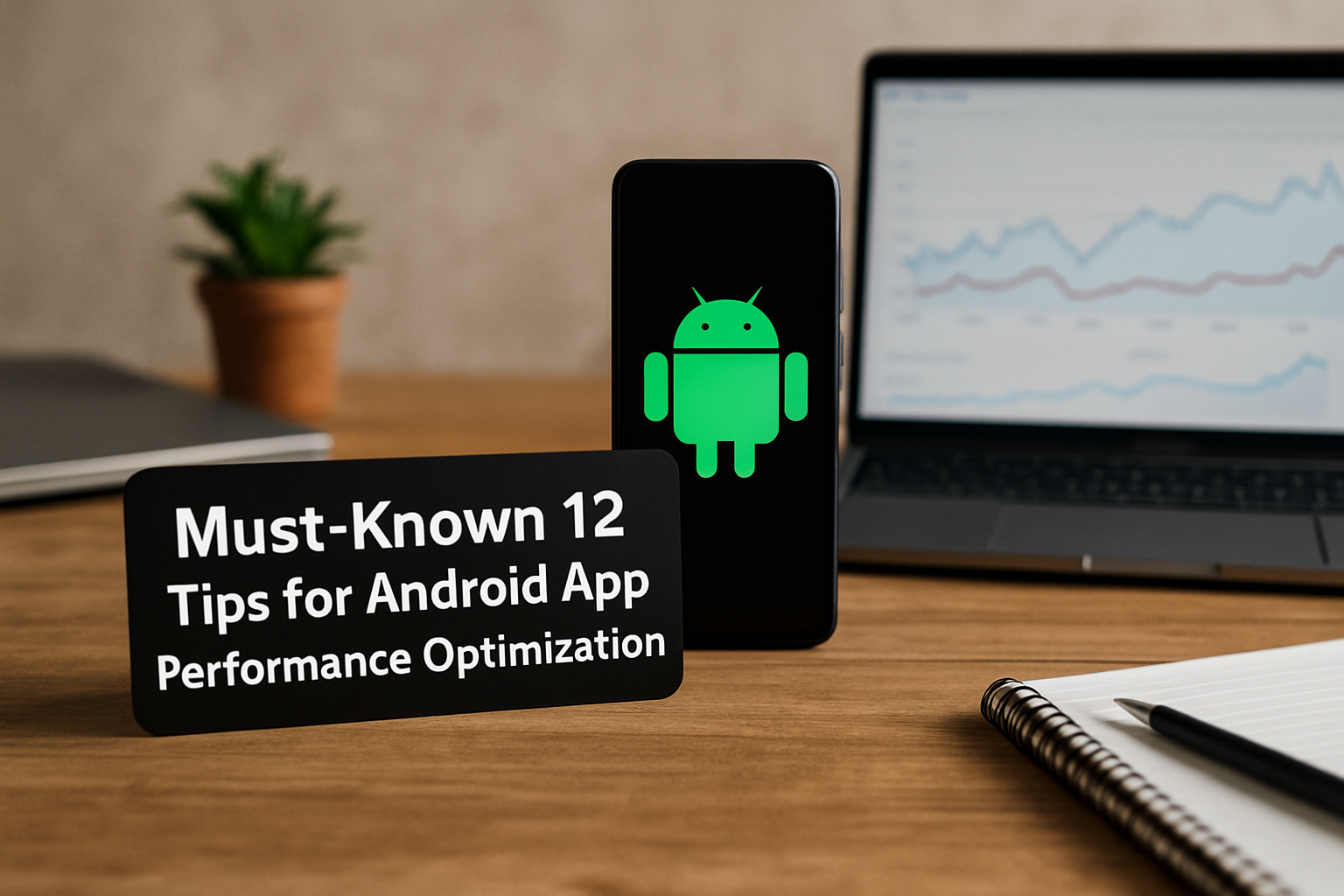How to Start a photography business isn’t just about owning a camera and snapping great pictures—it’s about building something sustainable around your passion. If you’re serious about making money with photography, you need more than just talent behind the lens. You need a game plan.
Let’s break down what it really takes to launch a photography business that not only gets off the ground but actually grows.
1. Define Your Niche
The photography industry is broad, and trying to serve everyone rarely works. Do you love capturing weddings, events, portraits, or maybe products? Your niche will shape your brand, pricing, and marketing. If you’re not sure yet, that’s okay. Start with the type of work that excites you most and test it with a few clients. Over time, you’ll discover what you enjoy and where you excel.
2. Build a Portfolio That Reflects Your Style
Before anyone hires you, they’ll want to see proof of your work. Even if you haven’t worked with clients yet, build a sample portfolio. Offer free or low-cost shoots to friends, family, or small businesses in exchange for permission to use the photos in your portfolio. Focus on quality, not quantity. Your portfolio should reflect your best work and the kind of shoots you want to get paid for.
3. Create a Simple, Professional Website
Your website is your storefront—even if your business is local. You don’t need a complicated design; just a clean, responsive site where people can view your portfolio, learn about your services, and get in touch.
WordPress is an excellent choice because it gives you full control over layout, SEO, and future expansion. Just make sure you’re hosting it with a reliable provider so the site loads fast and stays secure. If you’re offering galleries, booking tools, or client logins, good hosting will make a noticeable difference.
4. Take Care of the Legal Stuff
Turning photography into a real business means treating it like one. Register your business name and structure—this could be a sole proprietorship or LLC depending on your goals. Apply for any local licenses you might need, and don’t skip liability insurance. A dropped camera or a slip during a shoot can be costly.
Also, set up a separate bank account and track your income and expenses from day one. It’ll make taxes much easier later.
5. Set Your Prices With Purpose
Many new photographers struggle with pricing. Charge too little, and you’ll burn out; charge too much too soon, and clients may walk away. Research what photographers in your area and niche charge. Then, consider your time, skill level, editing hours, equipment costs, and the experience you offer.
You don’t have to offer discounts to get your first clients—but you do need to clearly communicate your value.
6. Start Marketing—Online and Offline
Once you’re ready, it’s time to get the word out. Use platforms like Instagram, Facebook, and Pinterest to share your work. Optimize your Google Business Profile so people in your area can find you. Use relevant hashtags and join local photography or business groups.
Offline, networking is just as important. Build relationships with local event planners, venues, makeup artists, or real estate agents depending on your niche. Referrals will become one of your strongest sources of leads.
Final Thoughts
Starting a photography business takes more than just a love for the craft—it takes intention, effort, and a mindset shift from artist to entrepreneur. But if you’re ready to commit, it’s one of the most rewarding creative careers you can pursue. Stay focused, keep improving your skills, and don’t be afraid to charge what you’re worth.
Let me know if you’d like help creating a business name or setting up your WordPress portfolio site—happy to guide you through that too.













Leave a Reply